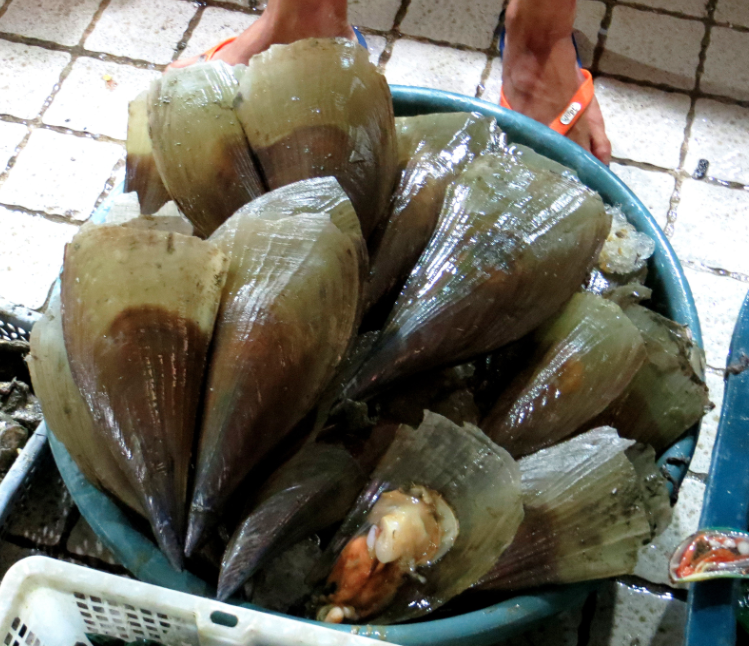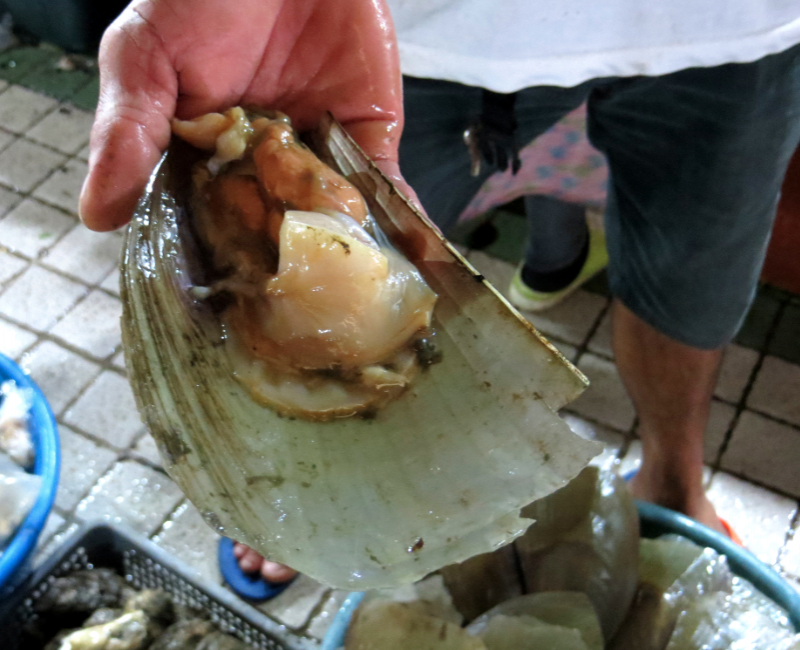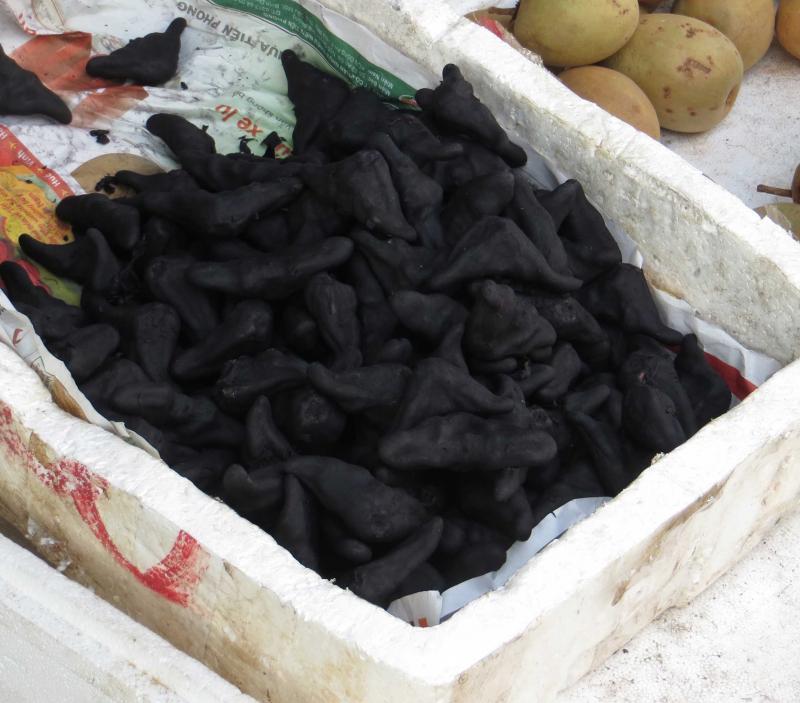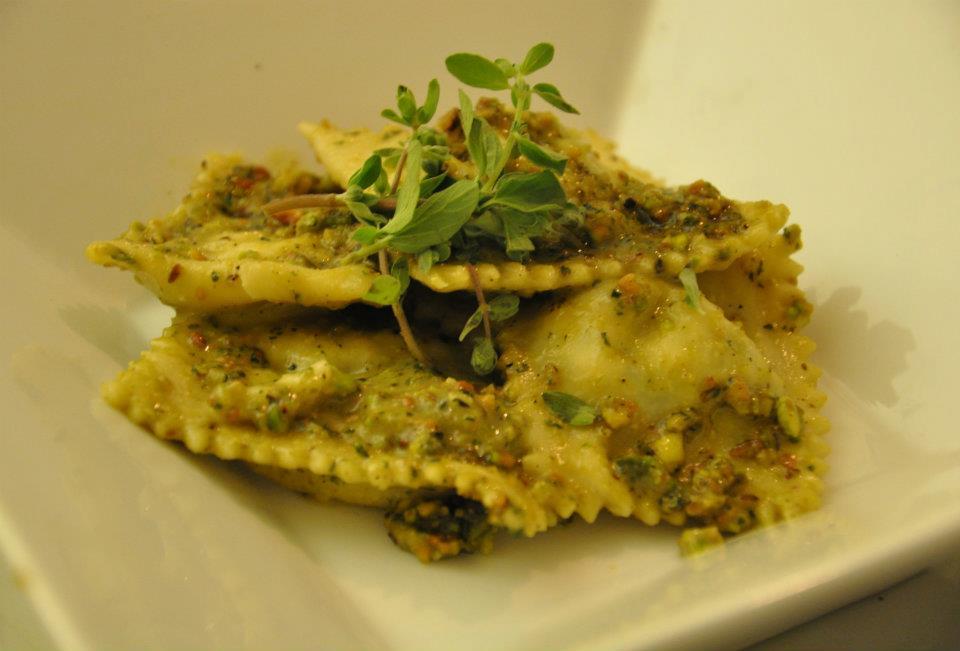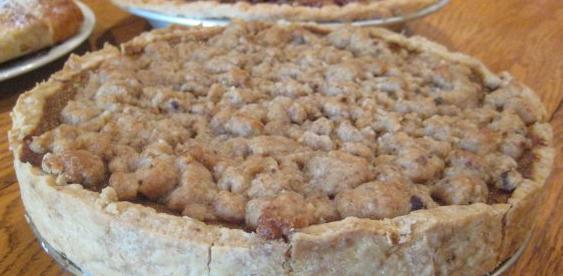
StevenC
participating member-
Posts
133 -
Joined
-
Last visited
Contact Methods
-
Website URL
http://
-
I was reading Alice Feiring's book, "Naked Wine," where towards the beginning she's drinking a wine from Sonoma and asks the winemaker why he used commercial yeast in it when he said he had switched (as it turned out, in later vintages) to natural yeast. How would you tell that a winemaker used commercial yeast as opposed to relying on natural/indigenous/ambient yeast? I'm guessing the following might be signs, but are there any others? Natural yeast: higher volatile acidity, funkier aromas from more diverse yeasts, maybe less exuberant fruit Commercial yeast: less volatile acidity, absence of funky aromas, maybe higher alcohol level, maybe some surprising fruit aromas for the variety/region (for example, banana in Beaujolais, yellow apple in Muscadet, and so forth) I'd assume, however, that many of these things could also be due to other reasons...
-
Thank you!!
-
On vacation in Vietnam, I was walking through a street market in District 4 of Ho Chi Minh City yesterday when I spotted these things. They have a soft black shell that you can peel open with your fingers (leaving inky black residue on your hands), with a soft nut inside that's like a young Brazil nut. Does anyone know what these are??
-
When a white veal stock ends up too dark and opaque, is there a way to rescue it and remove some of the discoloration? Perhaps by clarifying it with some ground veal and egg whites, like you'd do for a consomme? Some background: I've been going through a bit of a classical French phase for the past few weeks, and having recently come upon a great source for veal bones, I've been venturing into making white veal stock as a basis for some classical sauce experiments. I made my first batch last week, and it turned out perfect. I used bones and shanks of uniform size with a split calf's foot, blanched everything according to the guidelines in the French Laundry cookbook, replaced the water, rinsed everything, and then cooked it at 170 degrees F for 8 hours. The stock was clear, with a wonderful golden color and great body, and had an almost custardy aroma. Totally different from and much more subtle than white chicken stock. Anyway, last night I made a bigger batch with larger, unbroken shank bones, among other things. I sensed I was in for trouble when the bones threw off so much blood during the blanching phase that the water turned bright crimson and then dark brown-gray. I threw out the blanching water again, rinsed the bones, and started the stock, but I think the larger bones continued to throw off raw blood into the stock, darkening the end product. Also, I cooked the stock at a lower temperature (160) this time for ten hours--perhaps not hot enough for the proteins to coagulate out of the stock? I was surprised at how little scum rose to the surface throughout the entire process.
-
Ethnic cookbooks that don't try to be "accessible"
StevenC replied to a topic in Cookbooks & References
Not counting my foreign-language cookbooks (unfortunately, this is usually the best way to get a no-holds-barred approach to local cuisine), I'd add the following, in addition to those recommended by others: Japanese Cooking: A Simple Art (Shizuo Tsuji) Fred Plotkin's two Italian cookbooks, on Liguria and Friuli-Venezia Giulia... I'd wish he'd do cookbooks on Lazio, Piemonte, Sardegna and Sicily! Paula Wolfert's books on Moroccan and Southwestern French cooking--you've gotta admire any cookbook that has a recipe for tajine with agar wood and ambergris Zarela Martinez's book on Oaxacan cookery (The Food and Life of Oaxaca) Practical Korean Cooking (I think there's even a recipe for a raw liver-and-tripe dish) -
I made ravioli last week stuffed with some peppery rocket and sheep ricotta, and tossed with a pesto I ground at the table with toasted pistachios, marjoram, pecorino romano, a bit of pistachio oil, and olive oil. Sort of Liguria-meets-Sicily.
-
Nick Malgieri's Sweet Italian Desserts is excellent. It's the Italian dessert book I use most.
-
Interesting suggestions. I'm going to experiment with a few approaches. I'm also going to try substituting powdered sugar for half the sugar in the recipe--I'm hoping the cornstarch will have a drying effect. Part of the problem, I think, is that the recipe has you bake the pumpkin pie partially, and then you put the streusel on top and bake it for 20 minutes more. So, the steam coming up from the custard moistens the streusel.
-
So, I have this nice-tasting recipe for pumpkin pie with ginger streusel. Everything works well except for the streusel, which always comes out dull and flat: The recipe I used has the following proportions, by volume: 4 parts flour 2 parts walnuts 2 parts brown sugar 2 parts soft butter 1 part ground candied ginger You bake it at 350F (175C) for 25 minutes. I'd like something that looks more cragged and livelier. Any suggestions???? Other recipes seem all over the place. A German recipe on egullet has equal proportions (by weight) of flour, ground almonds and butter, with almost twice the proportion of sugar. Another recipe I saw has a 4:3:2:1 ratio (by volume) of flour to sugar to ground nuts to butter. Another thing: I'm also thinking of adding dried milk powder to the dough to improve the browning. Thoughts?
-
I've been doing some research into this. The authentic ingredient, mustard seed oil, is a distillate of the chemical (Allyl isothiocyanate) that results from the reaction of two components in mustard when the seeds are ground and mixed with water or another liquid. It's apparently banned as an additive in the United States, and I can understand why... years ago, my grandmother brought a bottle back from Italy to use in making mostarda. When she's open the tiny bottle, she'd put a wet dishcloth over her face and add no more than a single drop of liquid to the mostarda. Even with this minute amount, the entire kitchen would immediately fill up with a noxious mustard smell, burning your nasal lining. The mostard was fantastic, however. It had the same effect as a powerful kick of wasabi. I'm thinking of grinding black mustard seeds in a mortar and then soaking them in some grain alcohol--I think the chemical in question may be more soluble in alcohol than in water. Afterwards, I'd add it to the mostarda. Has anyone every tried something like this?
-
Same here. For some pasta I use all semolina, I love the flavor and the firmness, and am lucky to have a local source for it. Wherever you find it, it does need to be very finely milled. I remember the first time I tried to make pasta, using a semolina flour that was coarsely ground, not knowing any better. Disaster. Interesting. Don't you find that using semolina, even finely ground semolina, adds a gritty texture to the fresh pasta? I use 100% semolina when I make southern Italian eggless pasta by hand (spaghetti and such), but I always mix the semolina with near-boiling water, which seems to dissolve the grittiness.
-
This is correct. I try to aim for the "al dente" texture that you find in fresh pasta in Emilia Romagna, but seldom outside of that region. (Many people say that you aren't supposed to get an al dente texture with fresh pasta, but the fresh pasta in Emilia Romagna does have a particular resistant texture that I like.) So, I knead the hell out the dough. If I'm using a pasta machine, I put it through several passes of each setting. Once it's rolled out and cut, I let it dry on hangers. Then, I boil it in salted water very, very briefly--really, no more than a quick parboil--before finishing it in a saute pan with the sauce.
-
Ever have the fat from the tail of a fat-tailed sheep? Absolutely luscious.

